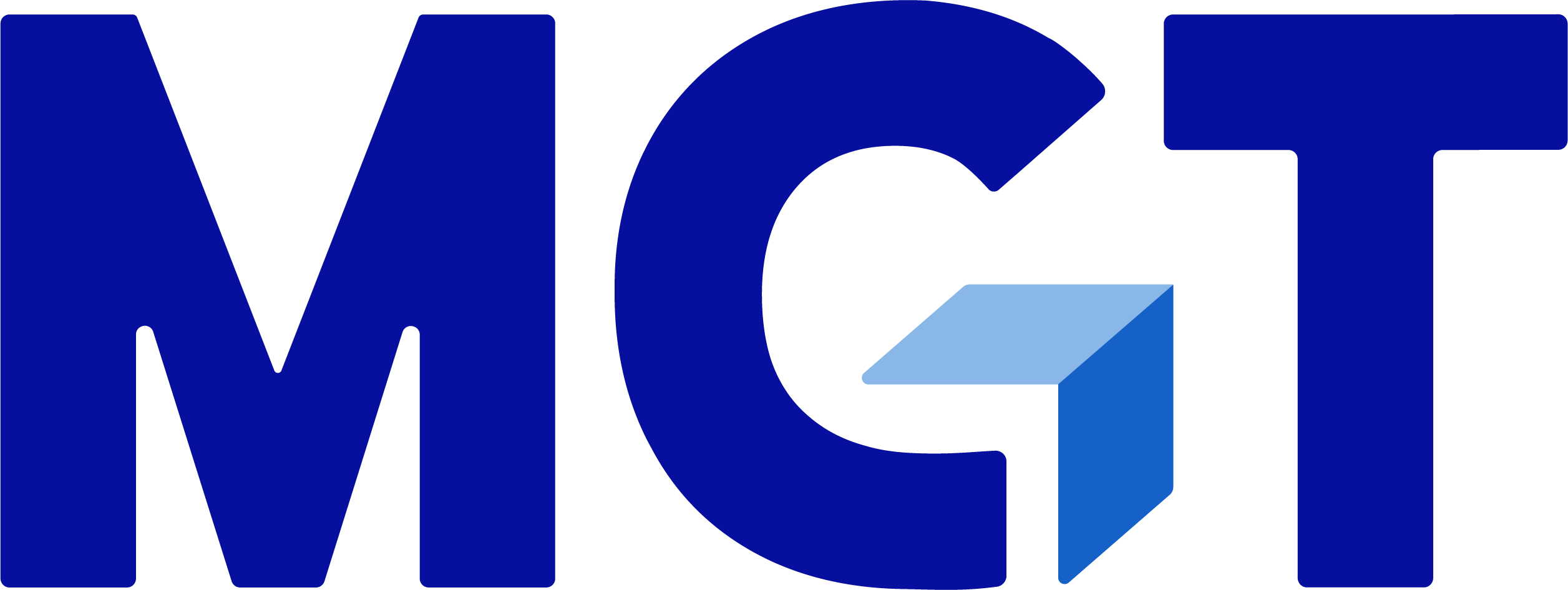You’ve worked at both the state and district levels and had the chance to collaborate with numerous private organizations on different projects. In your experience, what is the main value behind public-private partnerships?
JS: Private partners ideally supplement limited state and local school capacities in terms of time, expertise, technology, and support services to help meet the demand for student and school improvement. When done right, there is a lot to be gained from merging the expertise of public officials with private organizations. I see these types of partnerships as one of the best ways to spur innovation and maintain momentum, all in service of providing the best education possible to students.
There tends to be a healthy skepticism surrounding public-private partnerships in education. How do state and district offices ensure they create partnerships that return real, lasting value for students?
JS: State and district offices have both a moral and ethical obligation to offer quality external services that deliver results for students and schools. With that in mind, states and districts first need to ensure they can monitor the quality and reliability of any partnerships they enter into—it’s so important to partner with organizations that have a proven track record of integrity.
You also need to ensure private partners have access to those who provide wrap-around services to students—this promotes efficient and effective collaboration. And you have to ensure schools can sustain improvement initiatives once private partners step away. This is one of the things I enjoyed most about working with Ed Direction on the A2A project—your goal from day one has been to make yourselves obsolete, so to speak, by building the capacity of districts and schools to continue the work beyond the official end of the project.
And last, I really think it’s important to partner with specificity in mind, being cognizant that certain partner organizations will be a “better fit” for specific districts and schools.
You mentioned Utah’s Assessment to Achievement (A2A) project as an example of a successful public-private partnership. What has made A2A so effective?
JS: A2A is very much a true partnership because state officials and Ed Direction plan together every step of the way—it’s an extremely collaborative relationship. And both parties are focused on what matters most: improving student performance. When you have a partnership that really stays focused on the benefit to students, it becomes a transformative experience for everyone involved.
The other piece that has made A2A so effective is the quality of the professional learning opportunities it provides to participating principals and teachers. We’ve been able to reach over 80 schools and hundreds of teachers, expanding their access to high-quality, embedded professional development. And everything is research-based, from the instructional practices we teach to the consistent focus on implementation in classrooms.
And as I said before, it’s all designed to be sustainable. Neither the state nor Ed Direction wanted A2A to be a one-and-done experience for schools, which is why we’ve worked so hard over the last few years to build long-term capacity and create team-based structures that will sustain the project’s momentum.
What is your advice for state and district leaders considering whether to establish a public-private partnership?
JS: I’ve found that the most effective state and district offices understand the tremendous value of collaboration, both internally (within and across the state, district, and school levels) and externally (with other state and district offices and private partners). Public-private partnerships can provide tremendous lift when states and districts are looking to innovate and accelerate school improvement—especially when faced with limited staff, time, and resources.
While each state and district office has its own unique needs, I do think there are some key questions to be asked when considering a public-private partnership:
- Does the private partner have a good track record of working with states or districts like ours?
- Would a partnership be a good match for both sides?
- Does the private partner have capacity to maintain the integrity and quality of its services?
- Who will be working directly with our office? Does this person/people have the necessary expertise and qualifications for the work?
- Who from our organization can be proactive in managing the partnership and holding all parties accountable for timelines, plans, and services?
- Does the private partner have the ability to make course corrections, and are they willing to problem-solve with us (not to us)?
If the answers to these questions are promising, then a public-private partnership is likely a very good idea, and states and districts can feel confident they are doing what is best for their students.
For a free advisement session on establishing public-private partnerships, you can contact Dr. Shaeffer or Dr. Hollie Pettersson, Ed Direction’s Practice Lead. For more information about Utah’s Assessment to Achievement (A2A) project, read the external program evaluation and the project white paper.

